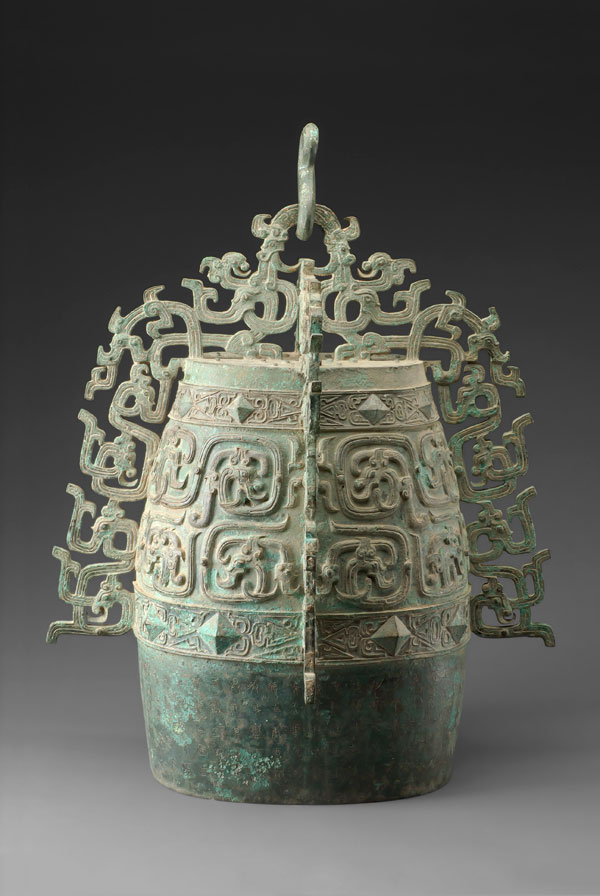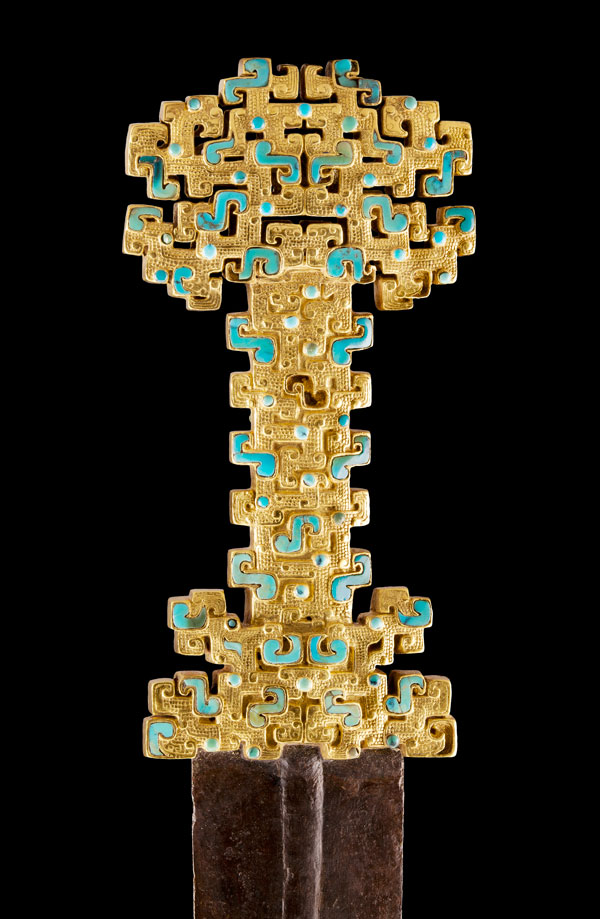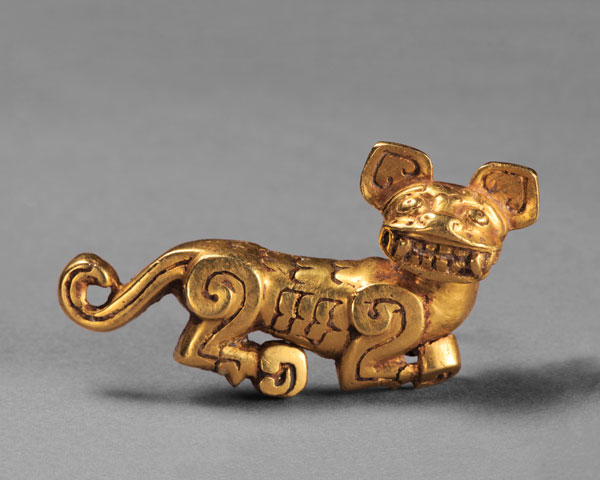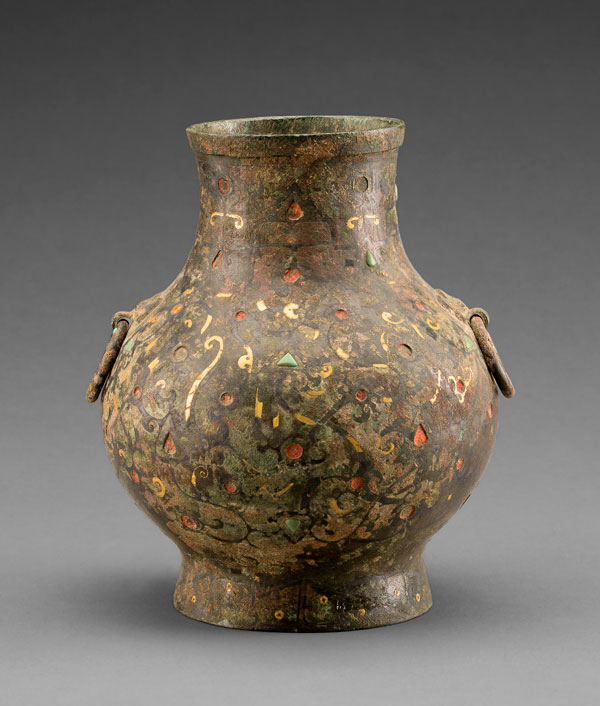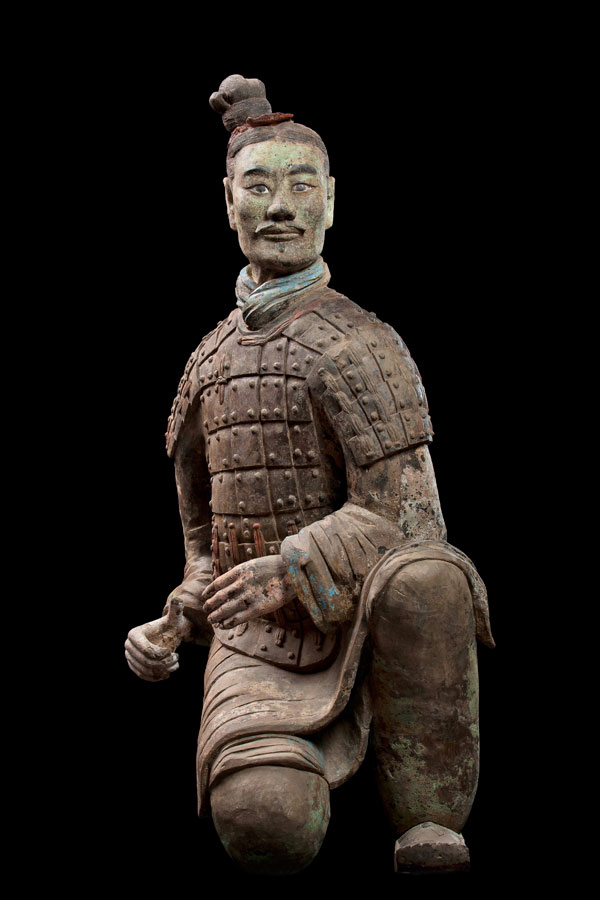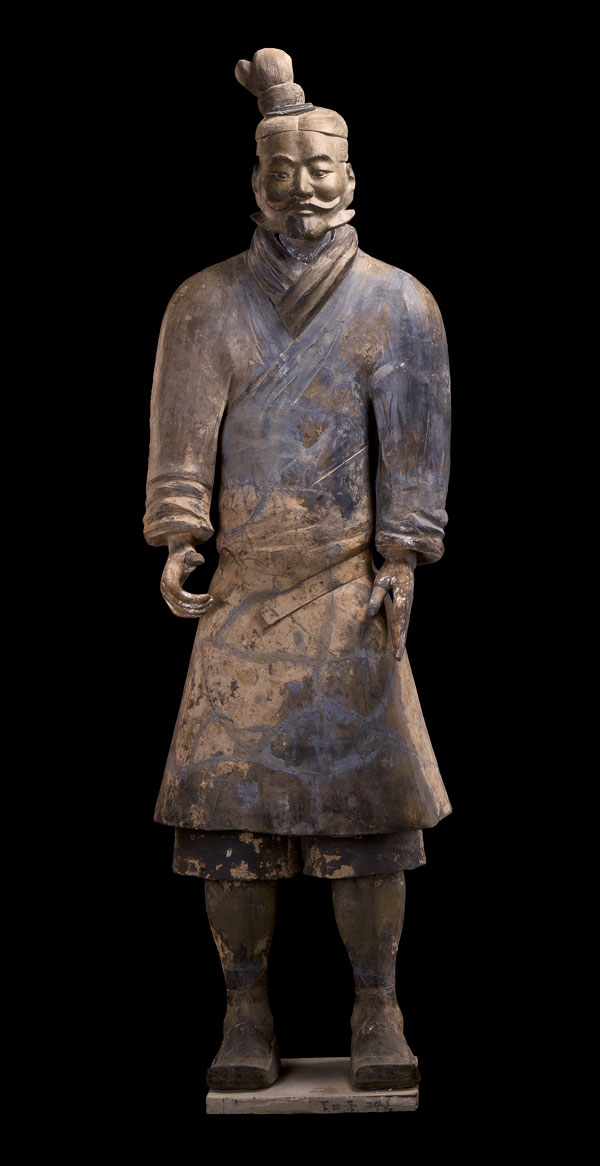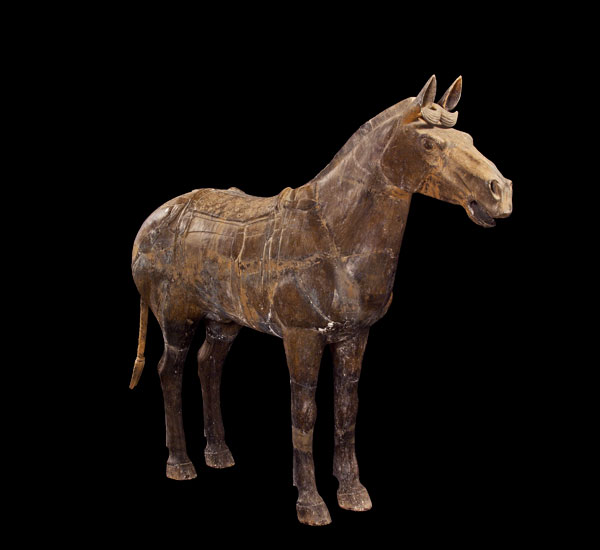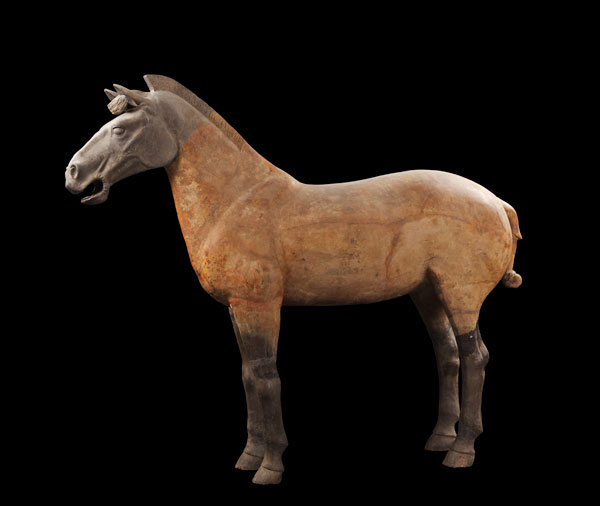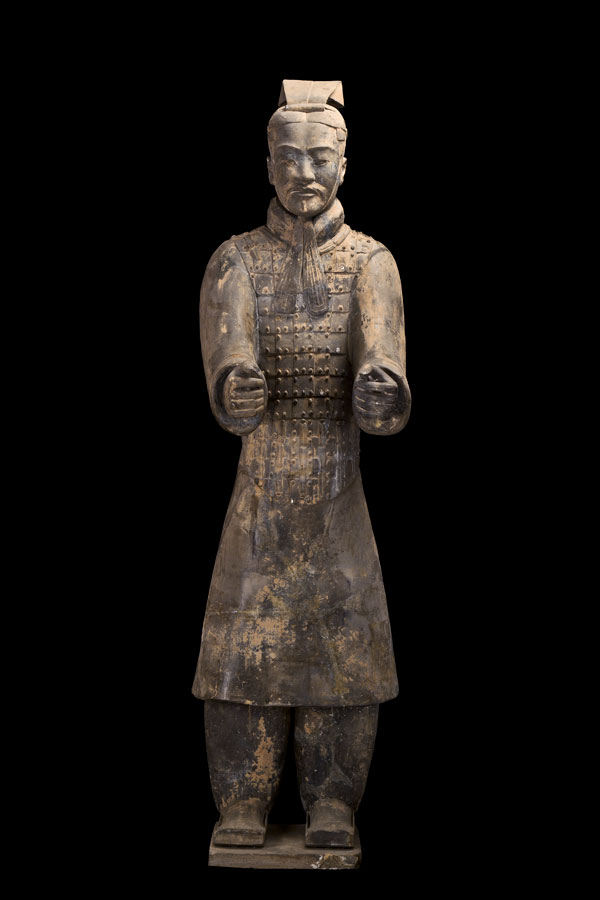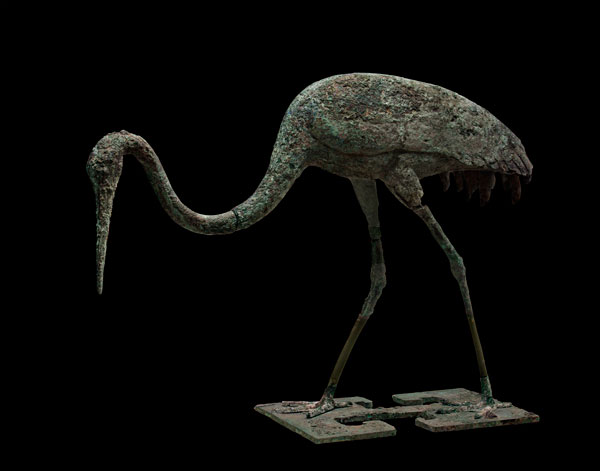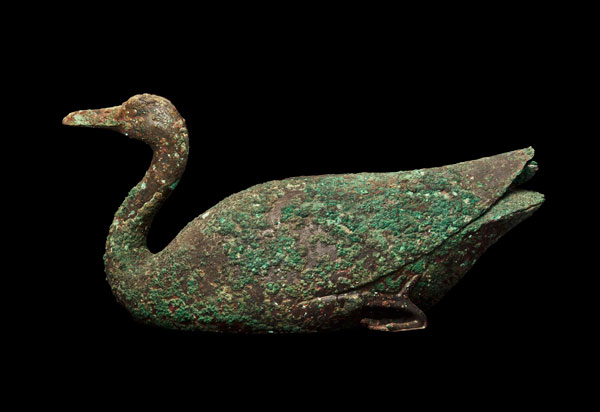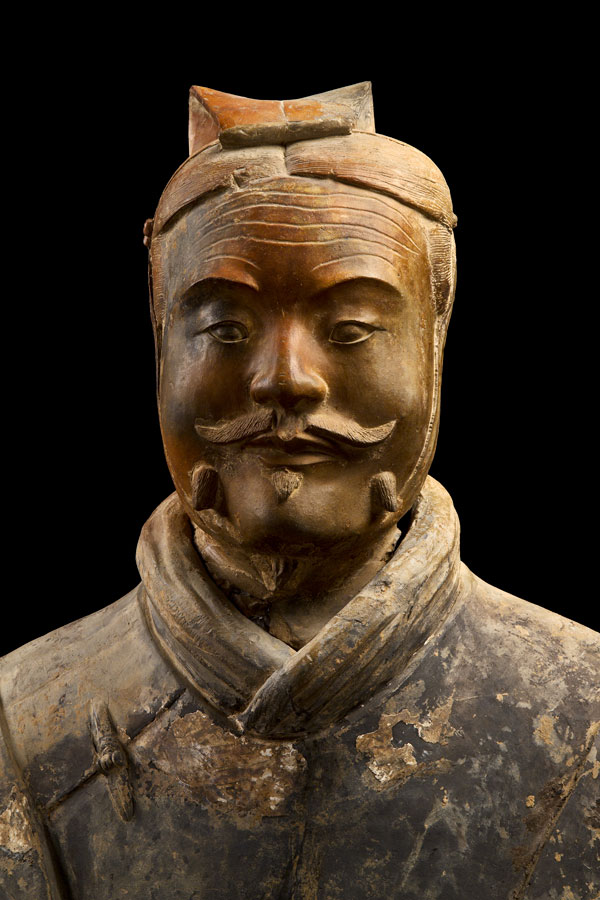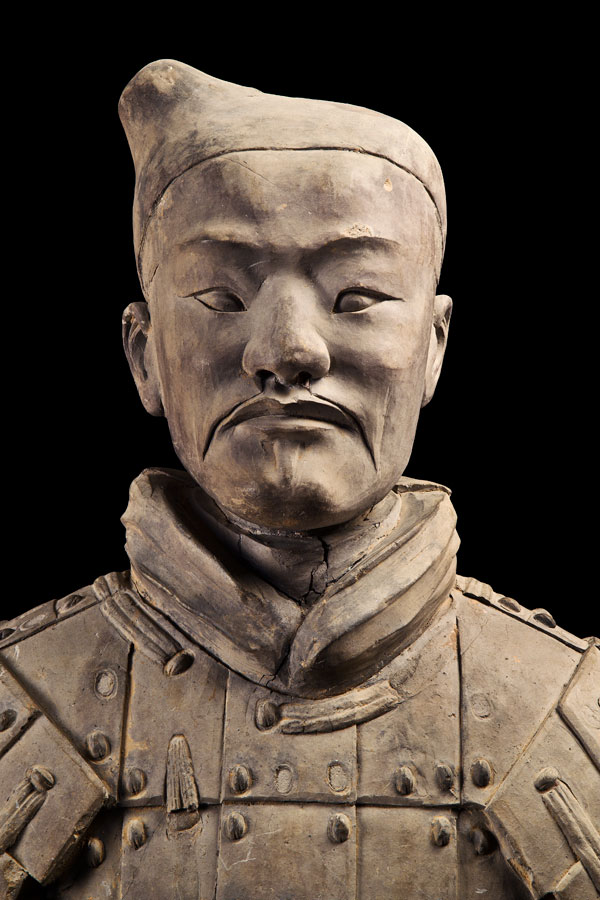Exhibition Preview
China’s Terracotta Warriors: The First Emperor’s Legacy
“Qin, beginning with an insignificant amount of territory, reached the power of a great state and for a hundred years made all the other great lords pay homage to it.”
—Jia Yi (201–169 BCE), Han dynasty poet and statesman
By the time Zheng, the future First Emperor, was born in 259 BCE, the state of Qin (pronounced CHIN) was already nearly six centuries old. It was waging war with neighboring states for supremacy at the same time Rome was battling Carthage for the upper hand in the Mediterranean. Qin, like Rome, would ultimately prevail. Under the leadership of Qin Shihuang, or First Emperor of Qin, China’s seven warring states were unified as one nation for the first time.
The works of art in this exhibition trace the tumultuous rise of Qin from a regional power of humble origins to a superpower and illuminate the political, economic, and cultural reforms that, along with the terracotta warriors, remain today as the First Emperor’s legacy.
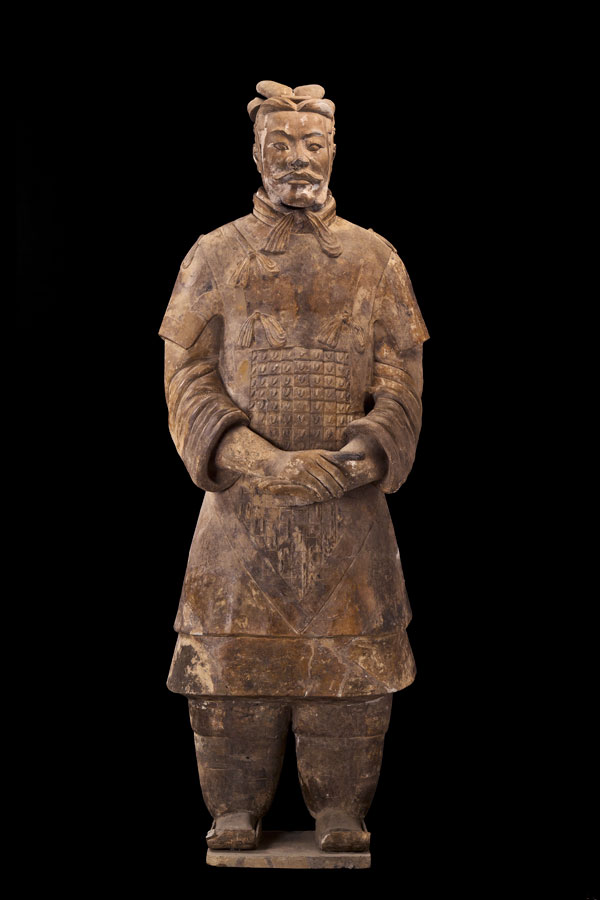
鎧甲將軍俑
Qin dynasty (221–206 BCE)
Terracotta H. 198 cm (77 15/16 in)
Excavated from Pit 1, Qin Shihuang tomb complex 1980
Qin Shihuang Terracotta Warriors and Horses Museum, Shaanxi 000847
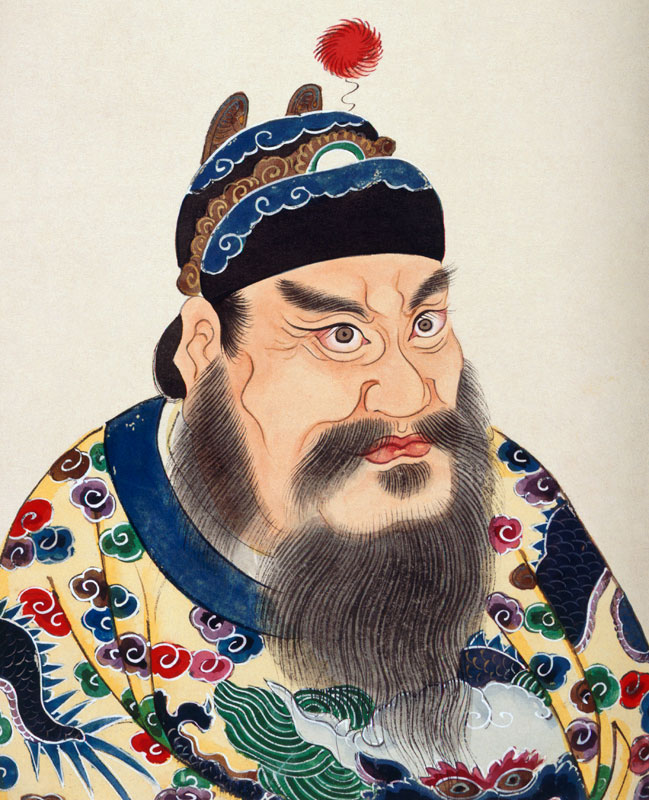
Qin Shihuang, the First Emperor
The universe entire
Is our Emperor’s realm,
Extending west to the Desert,
South to where the houses face north,
East to the East Ocean,
North to beyond Tahsia,
Wherever human life is found,
All acknowledge his sovereignty.
—Imperial inscription on Mount Langya, 219 BCE
One of the most remarkable figures in China’s long and spectacular history, Qin Shihuang (First Emperor of Qin) became king of the ambitious state of Qin in 246 BCE at the age of just thirteen. Over the next twenty-five years he defeated Qin’s neighboring rival states, uniting them in a realm that established China much as we know it today.
On ascending the throne, the young king also began planning for his death, beginning the construction of a tomb of grand proportions and extraordinary richness that would ensure his passage to and comfort in the afterlife. His obsessive quest for immortality led him to commission a tomb on a scale never seen before or since. Sealed beneath an imposing mound in the shadow of Mount Li, the emperor’s tomb forms the heart of a vast burial complex stretching over 22 square miles, which was known only through local legends until a chance discovery by farmers digging a well in 1974.
In Depth: Philosophy and FermentPhilosophy and Ferment
A time of turmoil and disunity, the Eastern Zhou (770–221 BCE) was also an era of philosophical and cultural ferment. Itinerant philosophers roamed the various independent states, advising rulers and advancing their own ideas.
The towering figures of Chinese thought lived during these turbulent times: Laozi (born c. 570 BCE), the founder of Daoism, seeking harmony with nature; Confucius (born 551 BCE) and his followers Mencius (372–289 BCE) and Xunzi (c. 298–238 BCE), promoting harmony and order on earth through adherence to ritual and hierarchy; Mozi (died 391 BCE), advocating morality and order through universal love; and Shang Yang (died 330 BCE) and Han Feizi (died 233 BCE) with their ruthless doctrine of political and social order through the strict enforcement of law.
Most of these great figures served at some point as government officials in the warring states. Their writings and teachings have continued to influence Chinese thought down to the present day.
View Map Close window